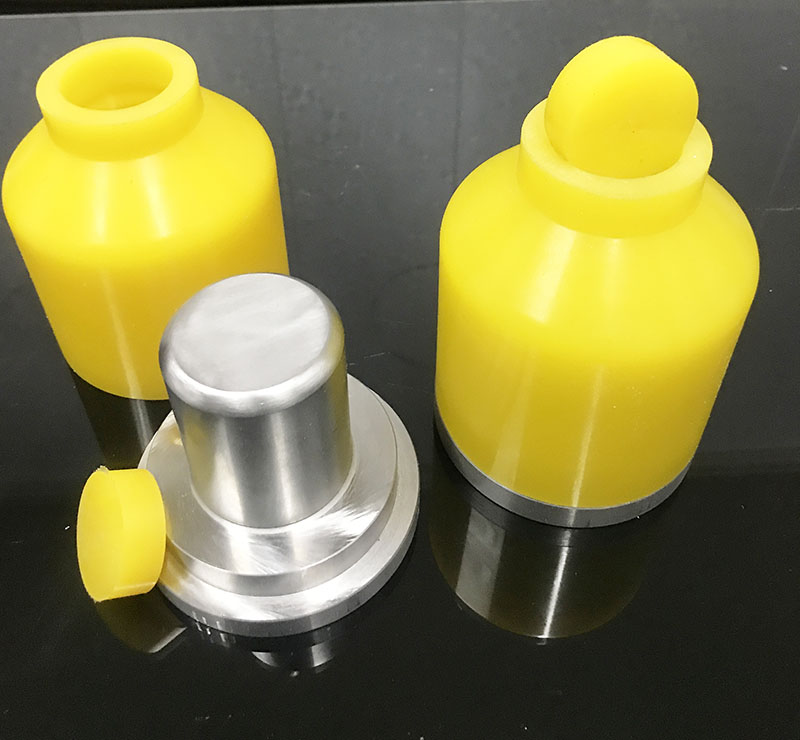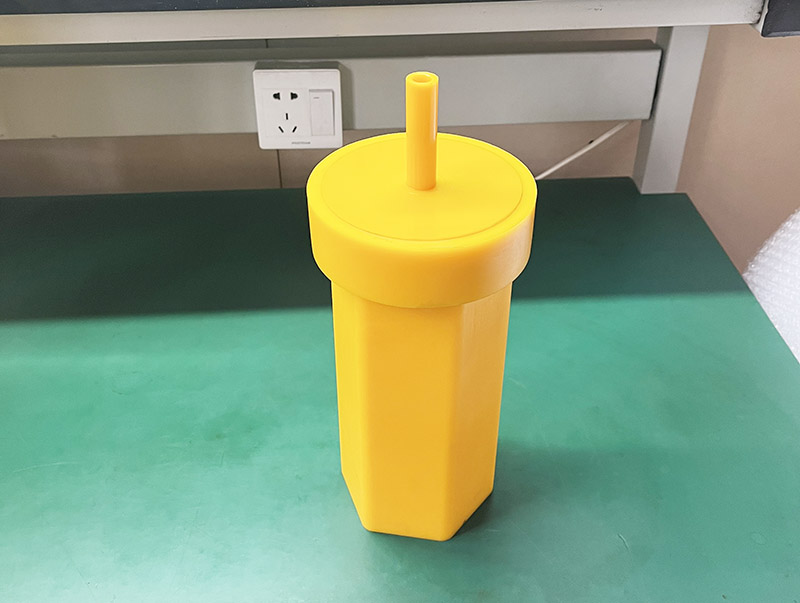

Isostatic Pressing Bags/Molds/Toolings
Commonly used isostatic pressing molds include polyurethane isostatic pressing molds and rubber isostatic pressing molds. In traditional isostatic pressing equipment, rubber is widely used due to its early application in isostatic pressing molds. However, in recent years, polyurethane has gradually become known to people. Because of its excellent elasticity, it is replacing rubber products in various industries at an alarming rate, including isostatic rubber molds in isostatic pressing equipment. What are the advantages of polyurethane isostatic pressing molds compared with rubber isostatic pressing molds?
It is mainly reflected in the following aspects:
1. The scope of application is wider. Polyurethane materials have a wide range of hardness, and can be made into isostatic pressing molds with different hardness according to different equipment or pressing processes. For example, when pressing large-sized workpieces, use polyurethane materials with relatively high hardness to make rigid molds, which have good support when loading materials, and the molds will not deform; when pressing some special-shaped parts, use polyurethane soft molds with low hardness , easy to demould after pressing, easy to use. These characteristics are not satisfied by isostatic rubber molds.
2. The precision of polyurethane isostatic pressing mold is higher. Polyurethane molds are made by casting, with higher precision and more uniform material, and the advantages are more obvious when pressing high-precision products.
3. Small deformation and high yield. Polyurethane isostatic mold is poured from liquid polyurethane prepolymer, the material is more uniform, the pressure transmission is more uniform during the pressing process, and there will be no bending or twisting.
4. The service life is longer. Compared with rubber, polyurethane has better pressure resistance, quick rebound after pressure, small deformation, and long-term use without reducing accuracy. Moreover, the surface of the isostatic rubber mold is prone to oxidation and stickiness after being used for a long time. The polyurethane material has anti-oxidation ability, and the performance of the mold will not decrease after long-term use or storage.
5. The surface of the polyurethane mold is smoother, and the surface of the pressed finished product is also smooth, which reduces post-processing, improves efficiency, and reduces costs.
6. Easy to demould. Polyurethane has good rebound, non-stick material, quick demoulding after pressing, less post-processing and high efficiency.














